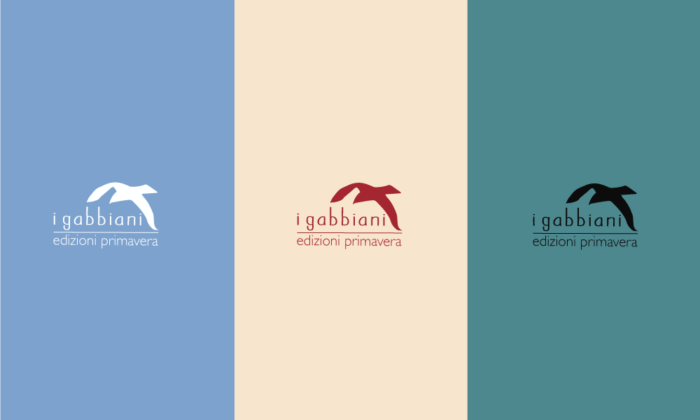Unlike job costing, activity costing relies on identifying all the activities in a manufacturing business and proportionately assigns the cost of activities to products based on their activity consumption. Activity-based costing or ABC costing can provide a unique picture when utilized to reveal products that generate profits vis a vis those that don’t. The business can then identify activities or production strategies that might require a revamp to ensure the profit margins are extended. While more specific and accurate, activity-based costing might cause businesses to undertake an unnecessary effort in case the products they produce are simplistic, with their costs being more straightforward to track.
Download the ultimate guide to manufacturing accounting
Effective inventory management not only minimizes disbursement but also enhances operational efficiency and increases profitability. Manufacturing accounting systems offer valuable visibility into key aspects of inventory management, encompassing goods acquisition, stock valuation, and the calculation of moving average costs (MAC). These insights enable businesses to optimize their inventory management strategies and achieve a more streamlined and profitable manufacturing process. As a manufacturing business, you understand the crucial link between a seamless production line and achieving lasting success.
Subscribe to the Sage Advice newsletter
- Let’s look at some of the key systems and features that facilitate efficient manufacturing accounting.
- It’s wise for a manufacturing accountant to follow shifting customer trends as a change in demand could drastically alter the cost landscape for the business.
- Now that we have gained a deeper understanding of the theoretical foundations of the manufacturing accounting process flow, let’s explore how it functions in real-world scenarios.
- The result is a streamlined operation that enhances the accuracy of financial reporting and supports the overall growth of manufacturing operations through the use of manufacturing ERP.
It takes into account the labor, materials, and overhead required for each individual job. Production costing methods are ways to find the total cost of producing a product or service. You will need to understand the three common production costing methods we cover below. A Manufacturing account is an internal financial statement that businesses use to track their production costs, materials used, and inventory levels. Producing credible financial track records helps businesses reinforce investor faith and build a reputation for honesty. Auditing allows a manufacturing business to ensure that the accounting processes and standards deployed in analyzing a company’s finances are up to the mark.
Whether you possess years of experience in the field or are just beginning to navigate its complexities, these insights will help you ensure your financial operations run smoothly. Nick Gallo is a Certified Public Accountant and content marketer for the financial industry. He has been an auditor of international companies and a tax strategist for real estate investors. He now writes articles on personal and corporate finance, accounting and tax matters, and entrepreneurship. Manufacturers of highly differentiated products need to track costs for each unit so they can set prices appropriately and monitor the profitability of their products. As a result, your manufacturing company may get to choose between using cash or accrual accounting.
The information provided on this website does not, and is not intended to, constitute legal, tax or accounting advice or recommendations. All information prepared on this site is for informational purposes only, and should not be relied on for legal, tax or accounting advice. You should consult your own legal, tax or accounting advisors before engaging in any transaction. The content on this website is provided “as is;” no representations are made that the content is error-free.
Ideally, data should move freely between production lines and the back office, meaning you have accurate real-time data. This software can be used to extract data and analyse trends, improve efficiency, and make the best business decisions. Inventory is continually being sold and restocked, so you may need the historical cost principle and business accounting to make a cost flow assumption. Very often, this is listed in a bill of materials, which itemises quantities and costs the materials used in your product.
If the software is too complex or too time-consuming to implement, you can end up without seeing any return on the investment. Material costs cover all the inventory stock items that go into a finished product. This includes raw materials, parts, and components – and also consumables like screws and adhesives.
Direct materials
In standard costing, businesses assign standard costs for raw materials and labor when factoring them into inventory and production expenses. Standard costing enables manufacturers to follow through with the production process based on a set standard which can later be reassessed based on the variance they calculate by zeroing in on each stage of production. Manufacturers often deal with a vast array of costs incurred by their business’ production process. Keeping track of these costs is crucial to the seamless operations of the business. Cost accounting in manufacturing tracks production costs such as overheads, labor costs, and the cost of raw materials. Accounting for the industry’s expenses allows production managers to streamline and weed out any unnecessary steps in production and also determine a competitive price for their products.
In addition, any abnormal costs incurred, such as excessive scrap, are not recorded in inventory, but instead are charged directly to the cost of goods sold. Also, costs may be assigned to specific jobs (known as job costing) and then charged to the cost of goods sold when the inventory items in those jobs are sold to customers. Along with many other benefits, the right manufacturing accounting software is crucial for optimizing processes and identifying profitable product lines and customers.











